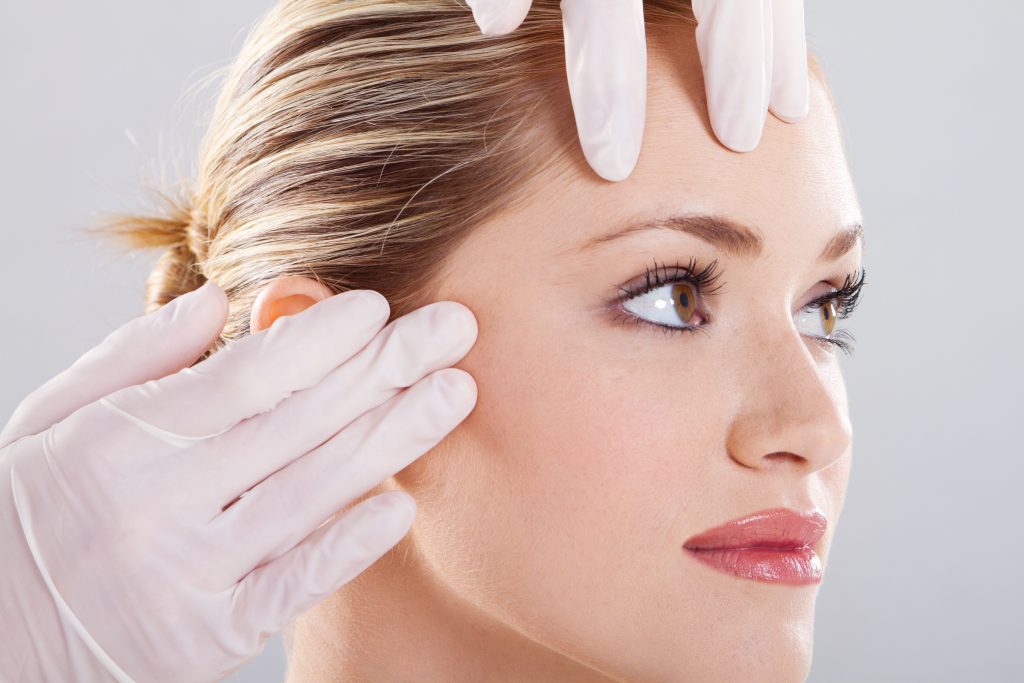Mini Neck Lifts from U.S. Dermatology Partners
What Is a Mini Neck Lift?
With the majority of today’s population being made up of highly educated, health conscience, and appearance-driven consumers who lead extremely hectic lifestyles, alternatives to the conventional facelift are becoming increasingly popular. Probably the most preferred over all non-invasive surgical procedures is the mini neck lift also known as tumescent liposuction of the chin, cheek, and jowls with platysma muscle plication.
This procedure is particularly appealing to patients because there is minimal downtime, fewer risks of disfiguring scars, and elimination of dangers with systemic anesthesia. The procedure is also more affordable and allows for more flexible scheduling.
For a majority of men and women, one of the first signs of aging begins under the chin, where gravity begins to take its toll by pulling everything downward. Loss of skin elasticity, along with subcutaneous fat in the submental chin and jowl area, is the leading cause for this sign of wisdom and maturity. The fatty deposits in this area are unresponsive to diet and exercise, leaving liposuction as the only means for improvement.
For some, excessively wrinkled or redundant neck skin may be the only source of concern, in which case liposuction would be unresponsive. However, other alternative procedures such as SafeLift facelifts are available to accommodate for these conditions.

One of the first signs of aging begins under the chin, where gravity begins to take its toll by pulling everything downward.
Find This Service Near You
Who Is a Good Candidate for a Mini Neck Lift?
A mini neck lift is a good choice for those who want to eliminate loose skin and banding of the neck, but don’t want the downtime of a traditional neck lift. It’s important for patients to be in good enough physical condition to handle the surgical procedure, and a mini neck lift has a better chance of success on younger patients with less extensive sagging and banding of the neck.
How Is a Mini Neck Lift Done?

Patients can usually return to work after one week, although it may take longer before you can enjoy more rigorous activities.
What Are the Side Effects of a Mini Neck Lift?
The most common side effects are swelling and bruising in the neck, jaw and ears for up to 10 days following the surgery. Sutures will remain in for one week to 12 days, depending on your healing process.
How Long Will a Mini Neck Lift Last?
The longevity of your procedure will depend on how much you have done. It can last from six months to several years, so you’ll want to consult with your doctor at U.S. Dermatology Partners to see what you can expect for your specific results.
*Results may vary by individual
